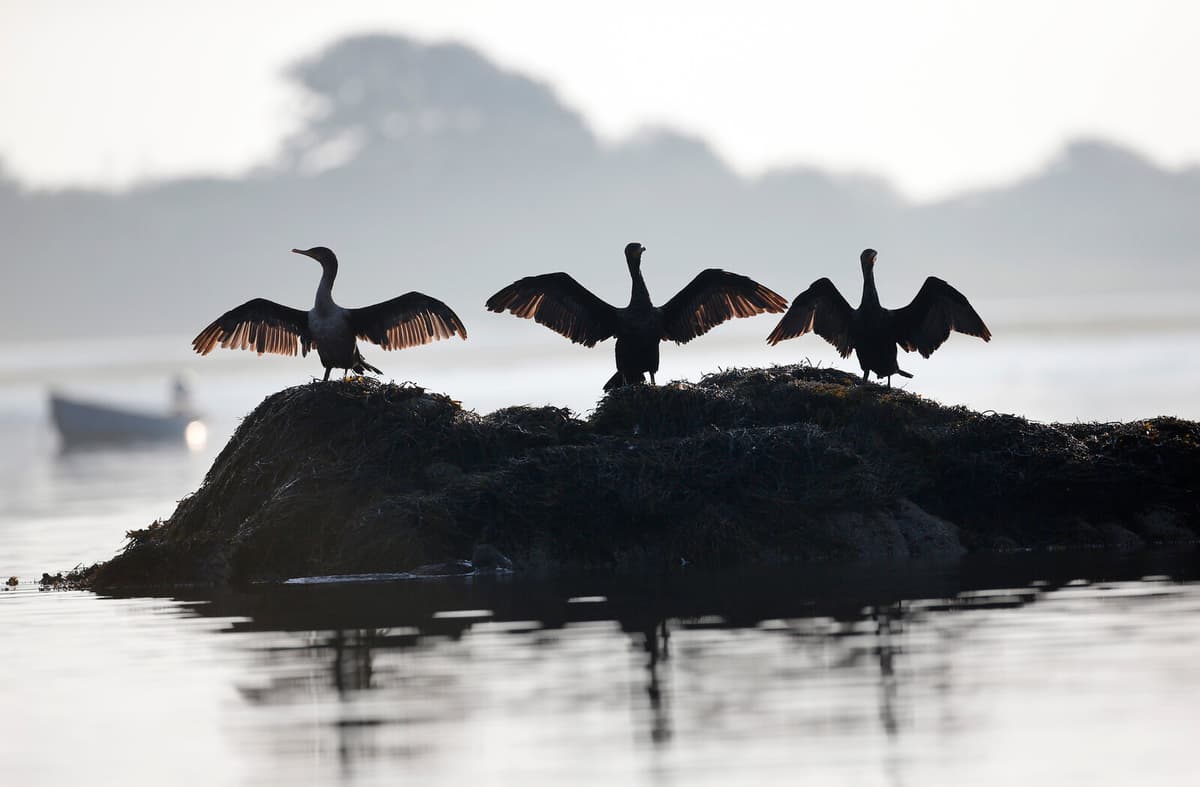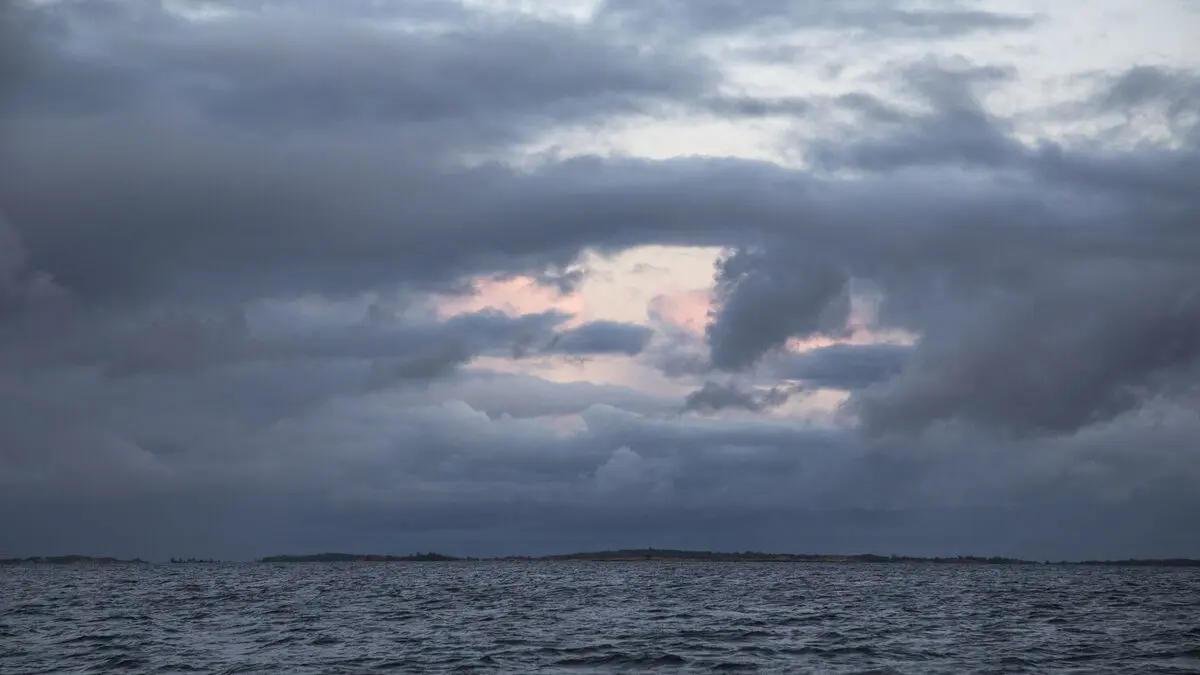The number of great cormorants has increased sharply in Sweden and Europe since the 1970s. One reason is that the species was then protected by the EU's bird directive. But as the population has grown sharply, the fish-eating seabird has also become a competitor to human fishing and fish farming – something that representatives of the industries have repeatedly pointed out.
The problems are now so large that the EU must act, according to Sofie Eriksson.
We have opportunities for protective hunting of cormorants in Sweden, but we will need to do something at the EU level, because the stock is a problem for many countries, says Sofie Eriksson.
She and nine other EU parliamentarians from, among other countries, Denmark, Finland, and the Netherlands, are urging in a letter to the President of the EU Commission, Ursula von der Leyen, to come up with a concrete plan regarding the cormorant stock.
The bill for the damage caused by the cormorant to fish farming, fishing, and the protection of endangered freshwater fish is estimated to be 350 million euros annually, the parliamentarians write in the letter.
They point out that the request for a European management plan has been raised several times before, without results. But recently, a draft plan was presented, drawn up by the UN-affiliated fishing organization EIFAAC.
It contains concrete proposals that are scientifically based. Now we politicians need to take a great responsibility and act based on the information we have, says Sofie Eriksson.
Facts: Great Cormorant
TT
In Sweden, two subspecies of great cormorant occur: the Atlantic great cormorant, which breeds along the coasts, and the medium cormorant, which breeds both along the coasts and in lakes.
The number of breeding pairs in Europe has increased from just over 20,000 pairs in the early 1980s to over 200,000 during the 2000s. The explanations are protection measures and that the great cormorant easily adapts its food to what is available.
It is difficult to exactly determine the impact of the great cormorant on different fish populations, but perch and carp are at higher risk of being affected negatively. Even growth areas for fish are sensitive.
Source: Swedish Environmental Protection Agency/SLU





